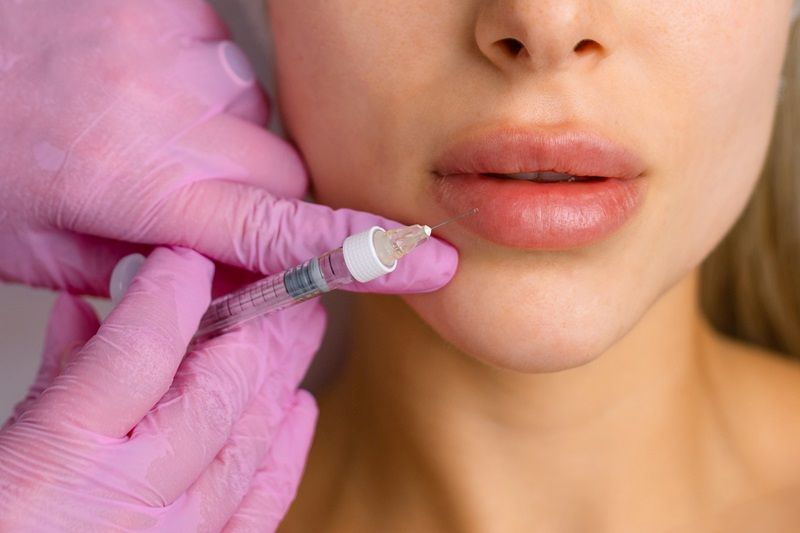Mental Health News: A new study showed that youth with one or more existing psychiatric disorders in a temporary juvenile detention center, continue to struggle with mental health disorder 15 years after detention.
Researchers from Northwestern Medicine studied 1829 youths who were detained in a juvenile justice facility, during the 15 years after detention. When arrested as juveniles the youth already had psychiatric disorders, that remain untreated. Participants were interviewed in detention at age 10 to 18 years and were reinterviewed up to 12 times during a 15-year study period.
Researchers found the prevalence of at least one psychiatric disorder in two-thirds of males and more than one-third of females, 15 years after youth left detention. Disruptive behavior and substance abuse disorders were the most common.
When compared with African Americans and Hispanics, Non-Hispanic whites had 1.6 times greater odds of having behavioral disorders and more than 1.3 times greater odds of having substance use disorders throughout the follow-up period.
The transition from adolescence to adulthood is already difficult for youths involved in the juvenile justice system. But, persistent psychiatric disorders make things more complicated for the youth. Considering the fact that people experiencing racial, ethnic, and economic disparities and academic challenges are prone to mental health challenges, there is a need for early identification and treatment of disorders among youths in the justice system.
For More Information, You May Refer To:
Linda A. Teplin, Lauren M. Potthoff, David A. Aaby, Leah J. Welty, Mina K. Dulcan, Karen M. Abram. Prevalence, Comorbidity, and Continuity of Psychiatric Disorders in a 15-Year Longitudinal Study of Youths Involved in the Juvenile Justice System. JAMA Pediatrics, 2021; e205807 DOI: 10.1001/jamapediatrics.2020.5807










Leave a Reply